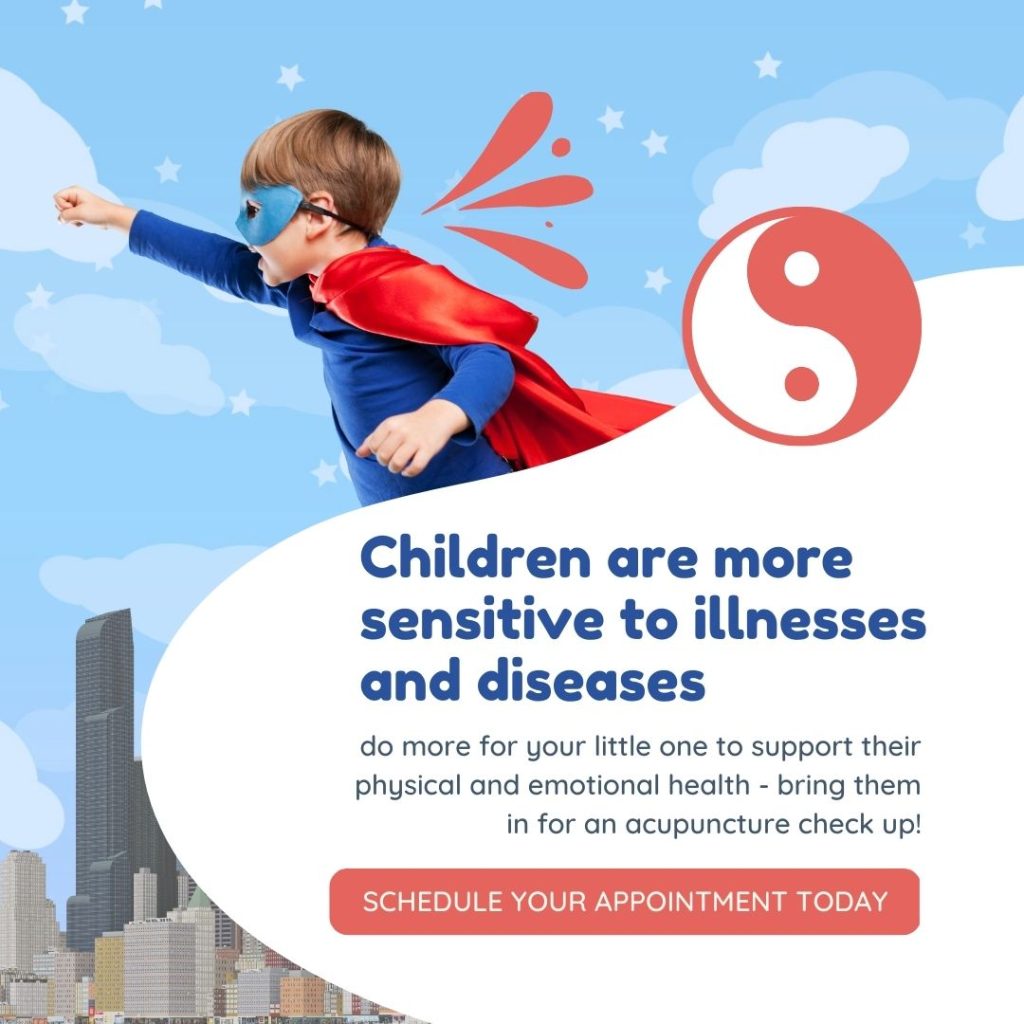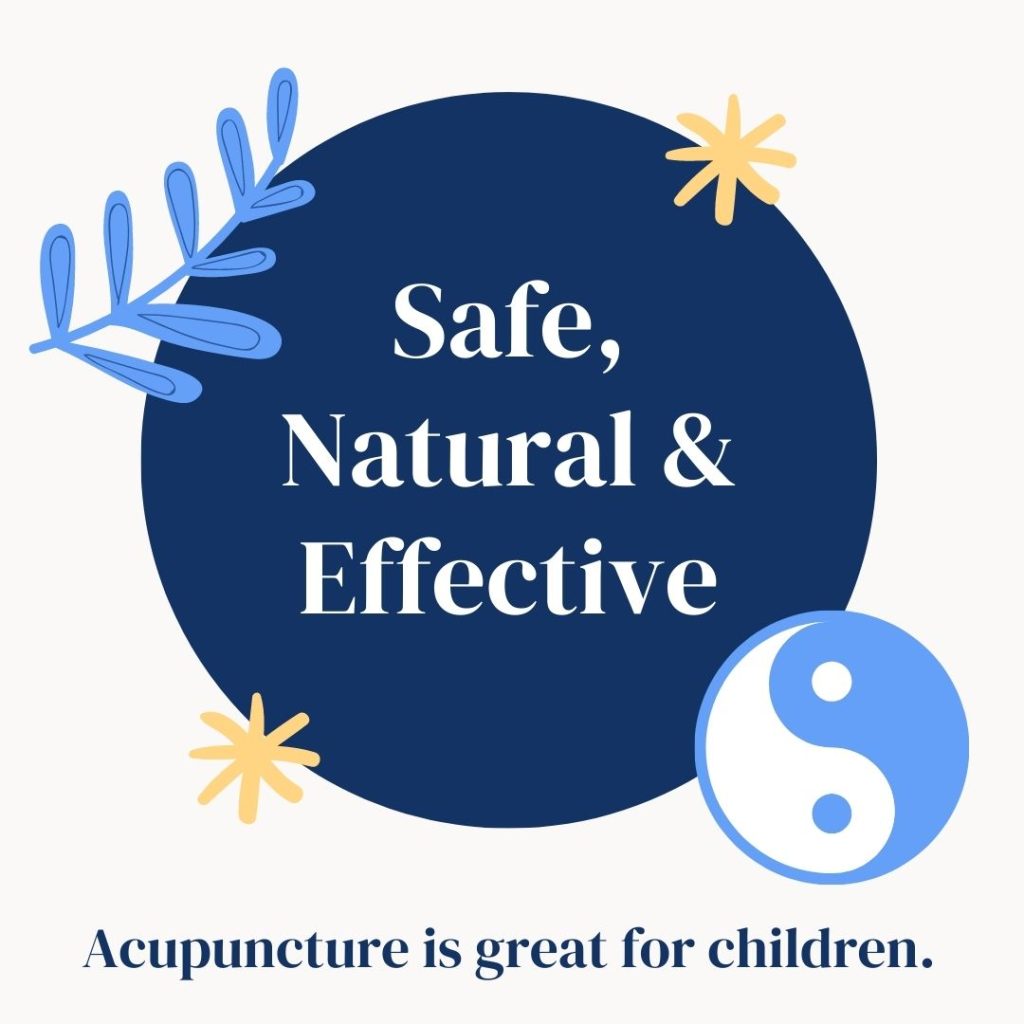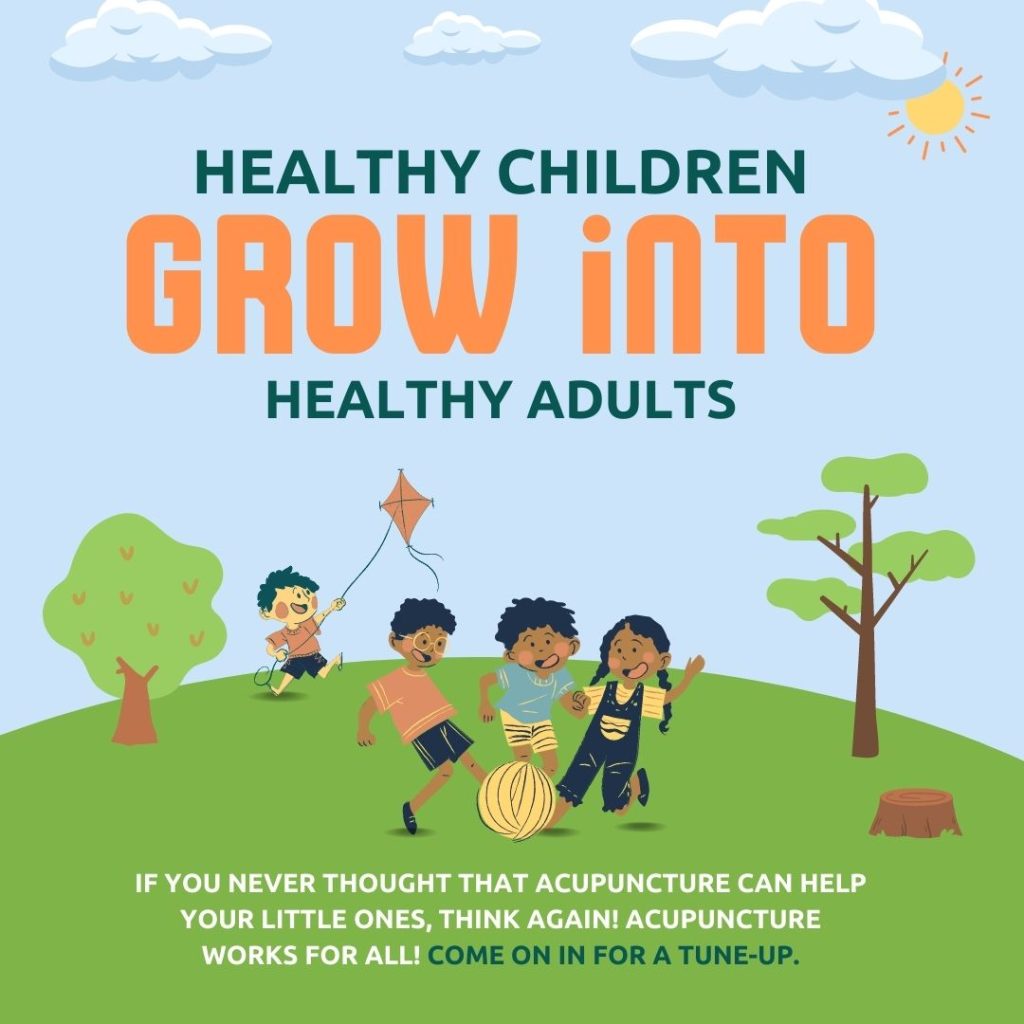- WE MOVED !!!
-
 Professional Acupuncture & Physical Therapy1118 East Superior Street
Professional Acupuncture & Physical Therapy1118 East Superior Street
Duluth, MN 55802(218) 724-3400 Clinic Hours
Mon8:00 am - 4:30 pmTue1:45 pm - 4:30 pmWed8:00 am - 4:30 pmThu8:00 am - 4:30 pmFriCLOSED
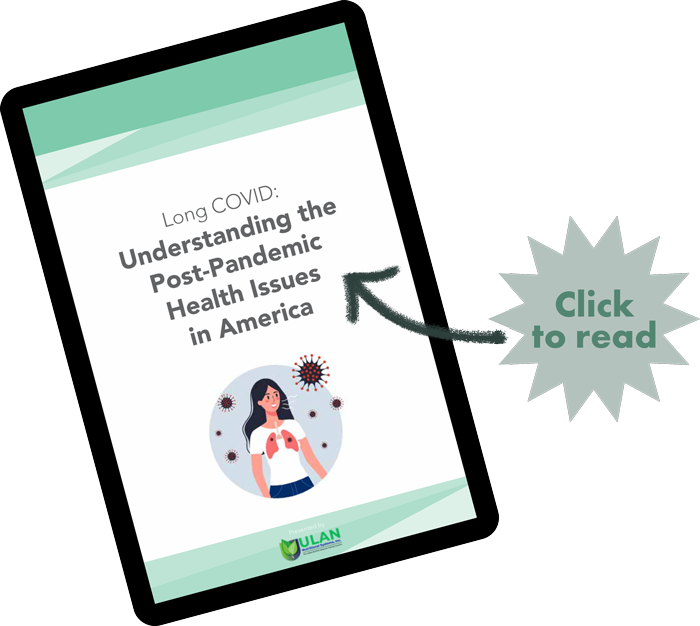
- Long Covid Booklet
Acupuncture
Herbal Tonics for Allergies
Home/Self-Care Remedies
An allergy occurs when your immune system reacts to a foreign substance, called an allergen. This could be anything from something you inhale to something you touch to something you eat. An allergic reaction may cause sneezing, coughing, watery eyes, a running nose, a sore throat and rashes. In severe cases, allergic reactions can induce something known as anaphylactic shock, which can actually be deadly.
According to the Asthma and Allergy Foundation of America, nearly 50 million Americans are affected by nasal allergies. These numbers are increasing too. To date, allergies are the sixth-leading cause of chronic illness in the United States. Anaphylactic reactions are typically triggered by medications, food and insect stings, with pharmaceuticals causing the most allergy-related deaths. The cost of allergies exceeds $18 billion per year!
There are ways to deal with allergies though. Obviously with life-threatening allergies, a person needs to know what they are allergic to and be very adamant about avoiding those substances. For others who deal with seasonal allergies, things
aren’t as dire and the inconvenience of allergies can be navigated using many natural remedies, including Traditional Chinese Medicine (TCM).
TCM is a medical system that has been around for thousands of years. The general theory behind TCM is to treat the patient holistically, taking into account all aspects of the patient’s illness. TCM utilizes many modalities to treat the patient,
including acupuncture, acupressure, herbs, formulas, cupping and nutrition. For treating allergies, there are some wonderful herbs and formulas that can be implemented.
Here’s a short list of items that can be used to treat non-lifethreatening allergies.

- Reishi or Medicinal Mushrooms:
Medicinal mushrooms have been used for centuries to help with everything from balancing blood sugar to decreasing inflammation. But they are also well-known for their immune-boosting properties. Reishi mushrooms are adaptogenic and they help regulate stress in the body. This is great for allergy sufferers because allergies can be exacerbated by stress. - Scutellaria or Huang Qin:
This herb is frequently used to treat acute respiratory infections and bronchitis. Two key components of Huang Qin are particularly good at relieving allergic asthma attacks. - Saposhnikovia or Fang Feng:
Fang Feng is used frequently by TCM practitioners to expel and prevent wind pathogen invasions. So for allergies that prompt headaches and nasal symptoms, this is a great herb to have on hand. - Magnolia Flower or Xin Yi Hua:
Flowers are used a lot in TCM due to their aromatic nature. Xin Yi Hua is another great herb to have on hand when seasonal allergies flare up. This herb is great at relieving nasal congestion, sinus headaches and the runny nose that frequently
accompanies allergies. - Cang Er Zi San:
This is an herbal formula frequently prescribed for people who are suffering from allergy attacks. Cang Er Zi San works to open up the nasal passageways, helps expel congested mucus, decreases sneezing and helps to alleviate red itchy eyes. It is a go-to herbal formula for TCM practitioners during allergy season.
Herbs can be very beneficial and help keep the body free from illness. The herbs and formulas mentioned above are just a few examples that would be good to have around if you suffer from allergies. Ask us to find out more about these herbs, we can help you navigate the world of medicinal herbs and find the exact combination right for you.
Happy Earth Day
Today is earth Day.
Let’s celebrate this lovely planet we live on by spending time outside. Getting outside does the body good. There are scores of scientific studies that confirm just how good! But “earthing” takes a walk outside to another, deeper, more healing level.
What Is Earthing?
Also called “grounding,” earthing simply means walking barefoot on a natural surface like grass, soil, or sand. It’s important to remember that it is different than just walking outside, although that, too, is beneficial in so many ways. Making direct physical contact with the ground—and that doesn’t mean concrete or other man-made surfaces—is what it’s all about.
The prominence of the element carbon is what designates something as organic matter—and I don’t mean “organic” like your groceries! All living things are carbon-based. If you do any gardening or backyard composting, you’ll probably recognize that term, “carbon-based,” as the “green” stuff you put in your compost: leaves, grass trimmings, veggie cast-offs.
Earthing is also different from forest bathing, or shinrin-yoku, which is the Japanese practice of fully immersing oneself in nature.
How Earthing Works in Your Body
 There are so many studies that confirm how beneficial earthing is for our bodies and minds. A research review led by Gaétan Chevalier of multiple studies published in the Journal of Environmental and Public Health illustrates how earthing has been shown to reduce stress, support immunity, help moderate heart rate and glucose levels, and even help wounds heal faster.
There are so many studies that confirm how beneficial earthing is for our bodies and minds. A research review led by Gaétan Chevalier of multiple studies published in the Journal of Environmental and Public Health illustrates how earthing has been shown to reduce stress, support immunity, help moderate heart rate and glucose levels, and even help wounds heal faster.
While there is still a lot to learn about how connecting physically with Earth affects our bodies, research shows that it has a lot to do with electrons and electromagnetic charge. Walking barefoot on organic surfaces actually changes the electrical activity of our brain.
It can even produce “measurable differences in the concentrations of white blood cells, cytokines, and other molecules involved in the inflammatory response,” according to the review by Chevalier.
Amazingly, this presence of carbon seems to be what makes carbon-fiber mattresses so helpful for better sleep and pain relief!
According to a study in The Journal of Alternative and Complementary Medicine, earthing may even help improve the function of red blood cells, a major factor in heart disease. Another study shows that earthing may help regulate both the endocrine and nervous systems.
Earthing is an amazing addition to your wellness care routine, just like regular acupuncture visits. Let’s schedule you for a spring tune-up to make sure you’re as healthy as you can be! Call Heidi at (218) 724-3400 to schedule an appointment.
Acupuncture For Children
Acupuncture can help kids achieve health F-A-S-T!
Most kids respond relatively quickly to care.
Here’s a shortlist of common symptoms and signs acupuncture can help kids (and adults) with:
- ADD/ADHD
- autism
- allergies
- back pain
- neck pain
- leg pain
- headaches
- stomach aches
- colic
- IBS
- constipation
- nausea
- anxiety
- stress
- chronic fatigue syndrome
- migraines
- seizures
- and other chronic illnesses too
Phew!
And that’s just t name a few!
If you’re looking to help out your little one (or yourself) give us a call at (218) 724-3400. We may be able to help and we are conveniently located on 205 W. 2nd Street in Duluth Minnesota.
April is Alcohol Awareness Month

Did you know acupuncture can help people who struggle with addiction?
Addiction affects millions of Americans each year. Whether it’s substance abuse from alcohol, nicotine or other drugs, addiction is a disease that takes treatment and commitment to overcome. With the help of acupuncture, recovery from addiction can be made easier. Many times, rehabilitation doesn’t work the first time, but takes many tries to really kick a habit for good. Acupuncture has been proven to be an effective alternative option that can help treat addiction. After all, stress, anxiety and depression are some of the largest stumbling blocks in quitting addictive habits and behaviors. Acupuncture is successful at calming and relaxing the mind, reducing anxiety and alleviating depressive feelings.
5 Other Things That May Help Alleviate Addiction
- Meditation
Mindfulness is an important practice for overcoming addiction. Taking the time to become aware of our body and mind and self-reflect is important in the process of recovery. Meditation, whether or not it’s just five minutes a day of deep breathing in a quiet place, can help keep the mind at ease and decrease negative thoughts that could trigger relapse. Meditation is an easy way to regulate mood and lower stress. - Yoga
Yoga incorporates poses with deep breathing and meditation. Not only is this practice good for the body but the mind as well. Yoga promotes well being through poses that are intended to decrease stress and anxiety. Yoga of Recovery offers retreats and classes integrated into a 12-step recovery program. Retreats are done all over the world. - Gardening Therapy
Gardening therapy can be used for many reasons to promote mental well being. Gardening can prove to be a relaxing activity that gives a sense of purpose. Research has shown that gardening can lower irritation, improve self-esteem, lower anxiety and depression and improve concentration. - Exercise
Exercise is a must when it comes to recovering from an addiction. Not only is physical activity great for the body but for mental health as well. Exercise releases endorphins to fight cravings as well as lowers anxiety and depression. Adding in just 20 minutes of some sort of activity whether it is running, swimming or walking can help boost your mood and help you on the path to recovery. - Animal therapy
Having a pet has been proven beneficial in many ways for mental health. Studies suggest that those with an animal companion have lower stress, anxiety, depression and lower blood pressure. Animal therapy such as riding horses has also been proven effective and helps recovering addicts focus on caring for someone else.
April is alcohol awareness month. If you know someone who’s trying to quit, call Heidi at (218) 724-3400 to schedule an appointment. Maybe acupuncture can help.
Benefits of Acupuncture for Allergies
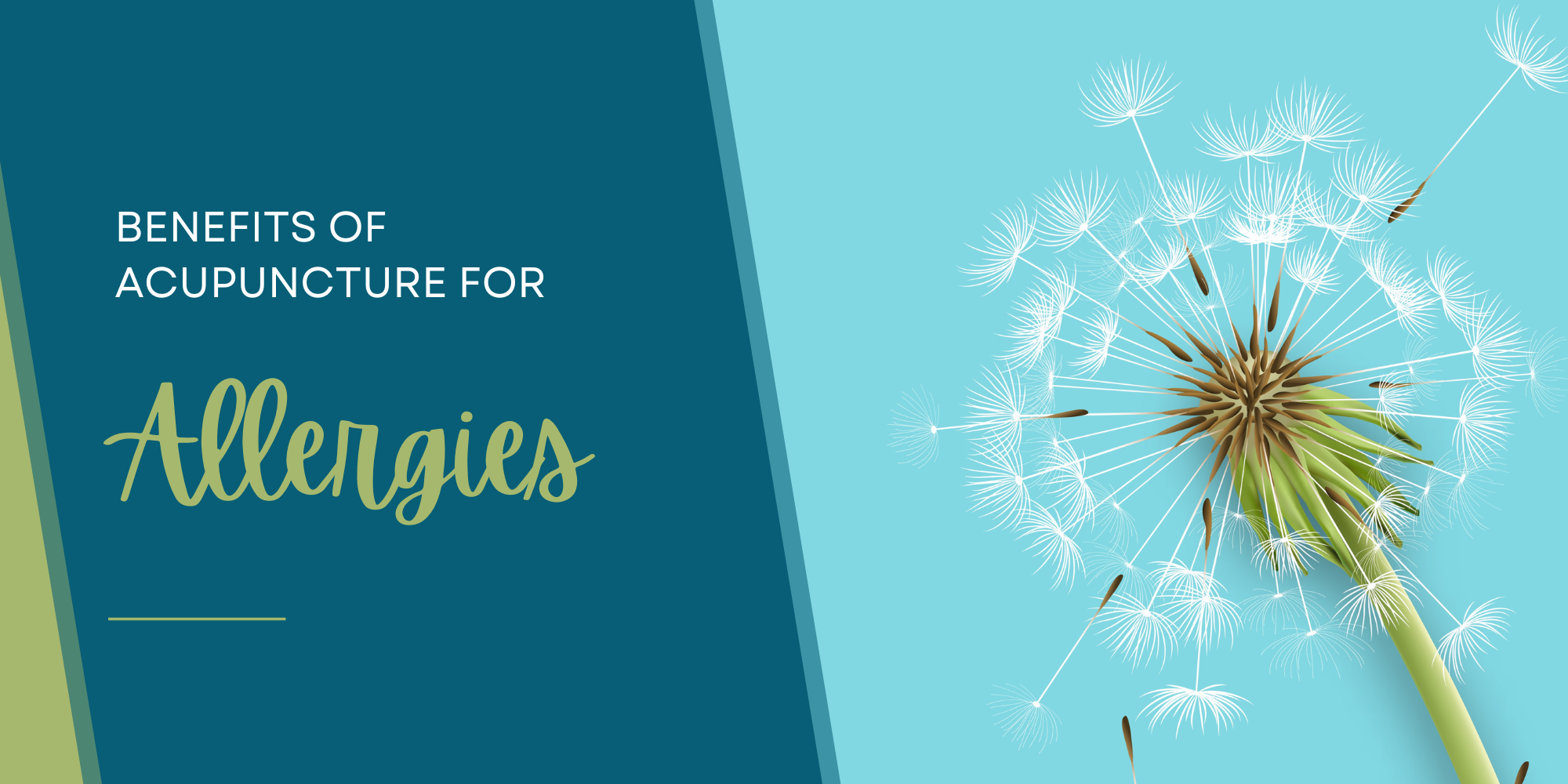
A runny nose, sneezing, itching and watery-eyes…also known as symptoms of allergies. Seasonal allergies can really be a pain. It is estimated that nearly 50 million Americans suffer from seasonal allergies every year. And, the amount of money being spent on over-the-counter allergy medications is over $18 billion.
But, what if there was a way to combat seasonal allergies without the side effects of medications and to actually get to the root of the problem instead of just masking the symptoms? Well, there is a way to do this, and it’s called acupuncture.
Acupuncture and traditional Chinese medicine offer a permanent solution to seasonal allergies with an all-natural approach that will ultimately save you money. Since traditional Chinese medicine (TCM) attacks allergies in a much different method than Western medicine, there is a good chance your allergies will cease to be a problem. Western medicine knows how allergies work and what happens to the body, but there is still no explanation as to why. TCM doesn’t need to know why because TCM looks at the body as a whole and uses an elemental system to determine where there are excesses and deficiencies in each person. So the TCM treatments are completely customized to each patient, thus making them much more effective than over-the-counter medications.
When using TCM to treat allergies, practitioners focus heavily on something called Wei Qi. Wei Qi is similar to the immune system in Western medicine. Wei Qi protects the body against foreign materials that can lead to inflammation and eventually allergies. People with lower immunity/Wei Qi are more susceptible to allergies and frequent colds. Acupuncture helps to boost the Wei Qi making it more difficult for allergens to attack the body.
Acupuncture by itself will make a difference in fighting allergies, but adding herbs and herbal formulas will provide the final punch to help eliminate allergies for good. Because each patient has different causes for their allergies, adding herbal formulas can greatly increase the efficacy of the acupuncture treatments by extending the effect of the needles. For example, if a patient specifically gets itchy, or watery eyes when their allergies flare up, then the practitioner would likely want to draw the excess energy/element down. In this particular case, the patient would have an excess of fire creating wind. The practitioner would use acupuncture points known to decrease fire and wind in the body. Then also adding herbs that do the same thing, would create a one-two punch type of treatment that has longer lasting, more permanent effects.
Ultimately what acupuncture does is boost the Wei Qi/immune system while decreasing the inflammatory response in your body that occurs when an allergen is encountered. The other aspect of treatment, as stated earlier, is to look at the patient as a whole versus just the symptoms. A good acupuncturist will also focus on dietary habits that may be contributing to your allergies. Many times a person’s Wei Qi is depleted from within due to the foods they are eating. Things like sugar and dairy are often associated with a lower immune system. Eliminating or drastically reducing these items will allow the body to recover more quickly, making allergy attacks easier to resolve.
A comprehensive plan including acupuncture treatments, herbs and dietary changes will yield the best results when it comes to fighting allergies. Be sure to seek out a professional, fully trained and properly licensed acupuncturist and you will be grateful year after year for the relief they provide when it comes to treating allergies. Call Heidi at (218) 724-3400 today to schedule an appointment.


